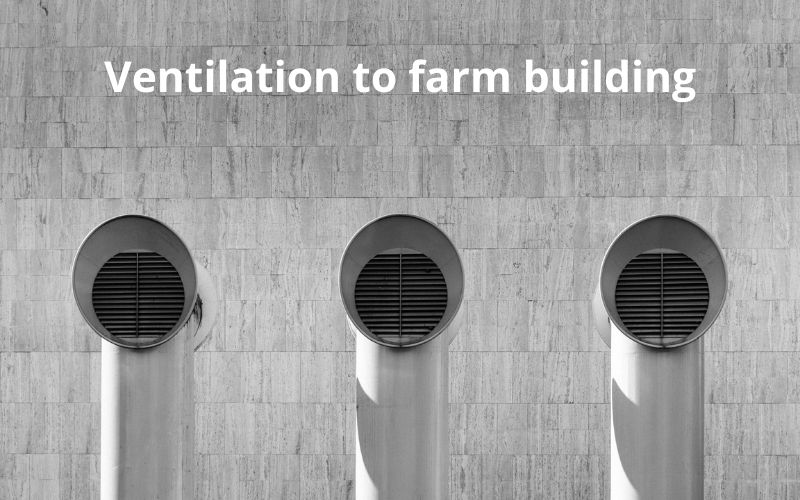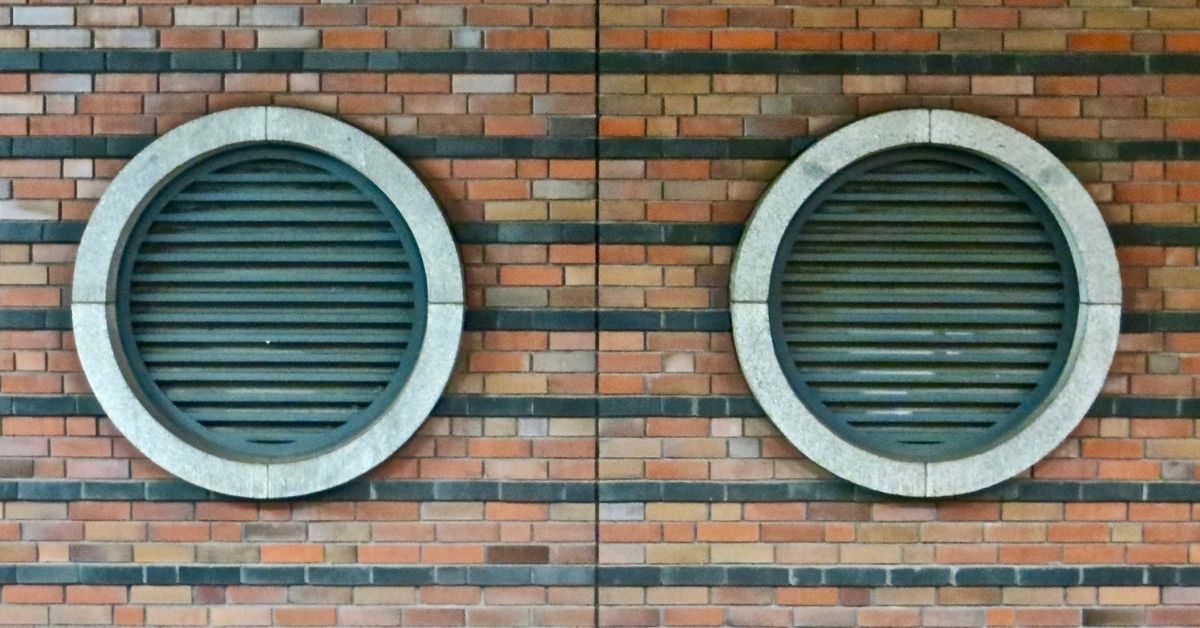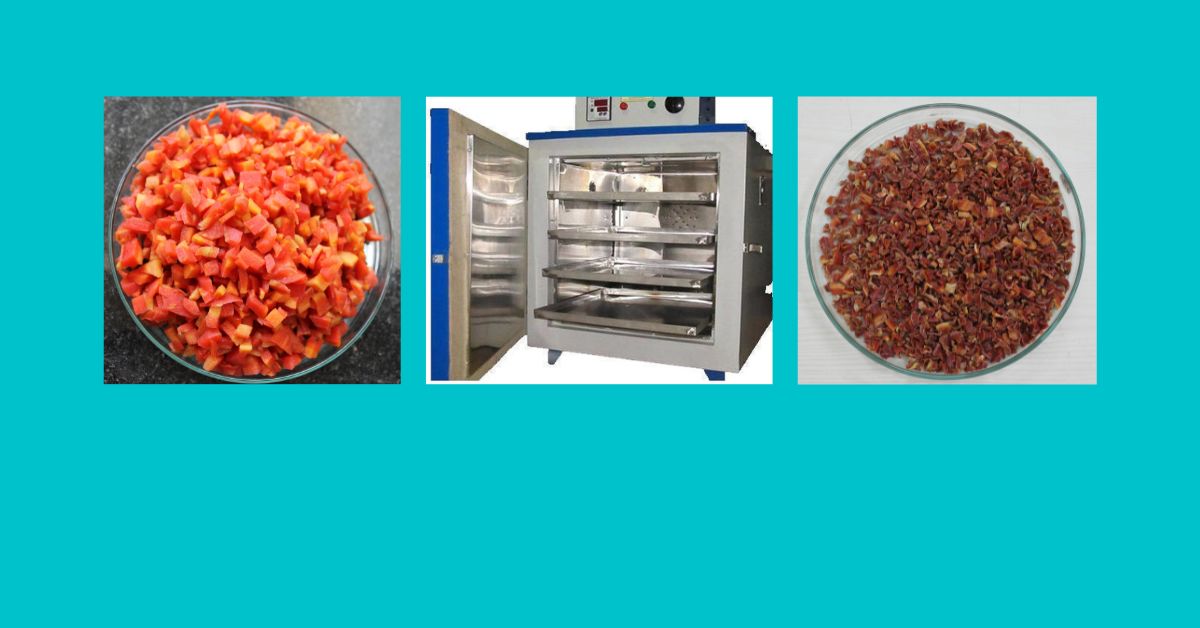Ventilation in farm buildings
Ventilation is a planned introduction of outside fresh air into farm building so that this fresh air can replace the stale air in the building. It is necessary to control the air quality inside the building by regulating air temperature, humidity, air flow, pollutant concentration etc inside the building to provide sufficient comfort.
There may be different types of ventilation in buildings according to the purpose of building. Ventilation is needed in farmhouse to provide enough comfort to people living there and also in animal shelters to provide thermal stability of animals. Ventilation is also important in warehouses for controlling the air quality in case of grain storage.
Animal housing provides shelter to animals from adverse climatic conditions. The design and construction of these structures are largely depend on local resources, culture, climatic conditions of that region etc.
Ventilation is provided to any building to remove or dilute pollutants or odor. Controlling thermal environment and humidity in building/structure is also function of ventilation. Sufficient ventilation is needed to bring down the concentration of pollutant/odors to acceptable level or to remove it completely.

Types of ventilation in buildings
Ventilation can be provided by natural and mechanical methods. Sometimes combination of both natural and mechanical methods, which is known as hybrid or mixed mode ventilation, is used.
If provided in proper way, good ventilation is useful to control temperature and humidity within the farm building and creates comfortable environment to livestock or farm workers. If not properly designed, faulty ventilation system may degrade indoor environment by allowing entry of harmful substances from outside environment.
In general ventilation is used to control humidity but ventilation dilutes concentration of odors/bacteria that may cause infectious diseases. If using air humidifiers, cooling towers, some microorganisms can grow in wet portions and may cause respiratory diseases.
Common moisture related problem in building can be observed if rainwater leak to walls and roofs,plumbing leakages, seepage through walls etc.
Types of ventilation in buildings can be of natural type and by mechanical means. Combination of both these may also used.
Natural ventilation is intentional flow of air from outside of building into the building by providing windows, doors or any other planned openings. Design of building plays an important role while applying natural ventilation to it.
Mechanical ventilation is fan driven flow of outside air into farm building. For this purpose, supply fans and exhaust fans are fitted to building. Supply fans push outside air into building and exhaust fans draw air out of building. shed exhaust fan can be used in animal shelters for providing better ventilation to dairy animals. Also High volume Low speed fans (HVLS) may also install to improve ventilation, to prevent heat stress and to enhance comfort to livestock.
Detailed article on types of ventilation can be read at: Types of Ventilation and All We Should Know About




